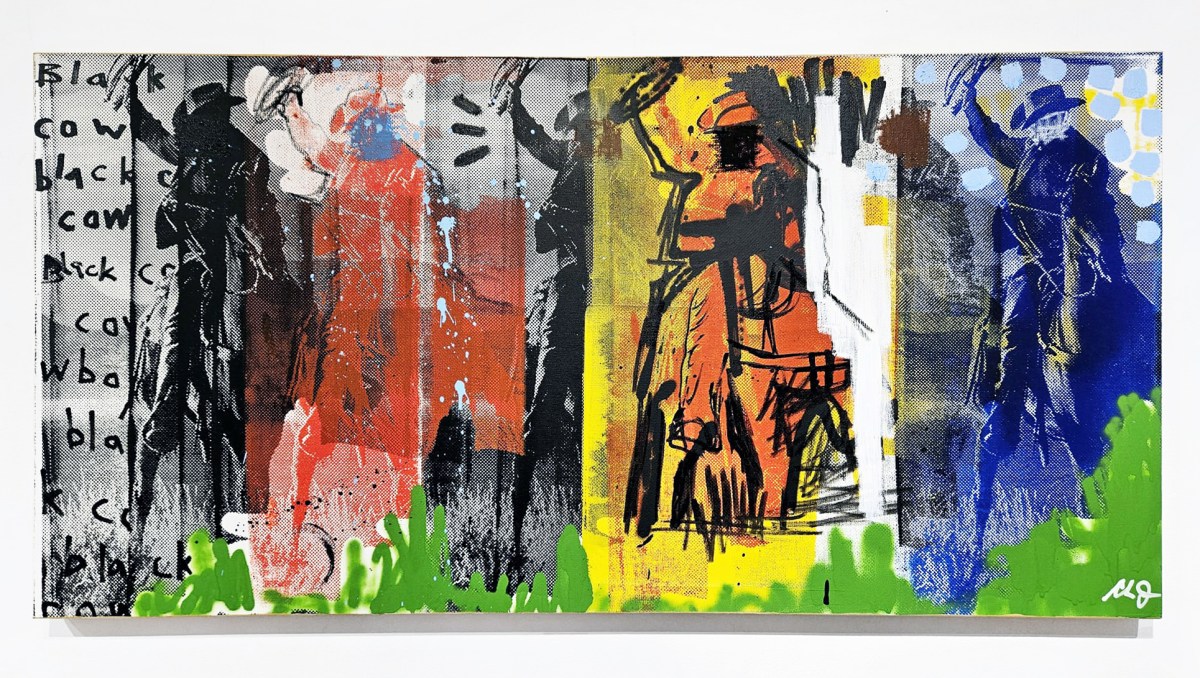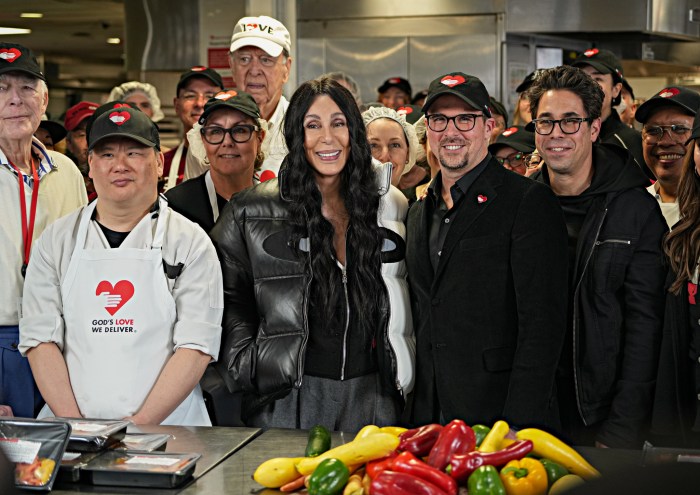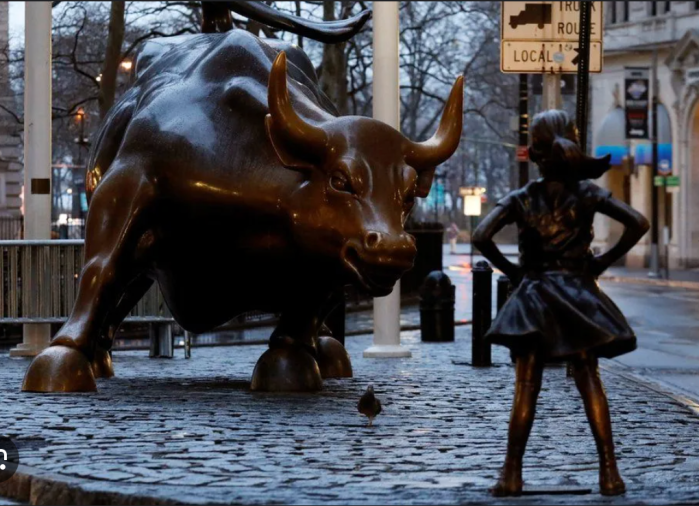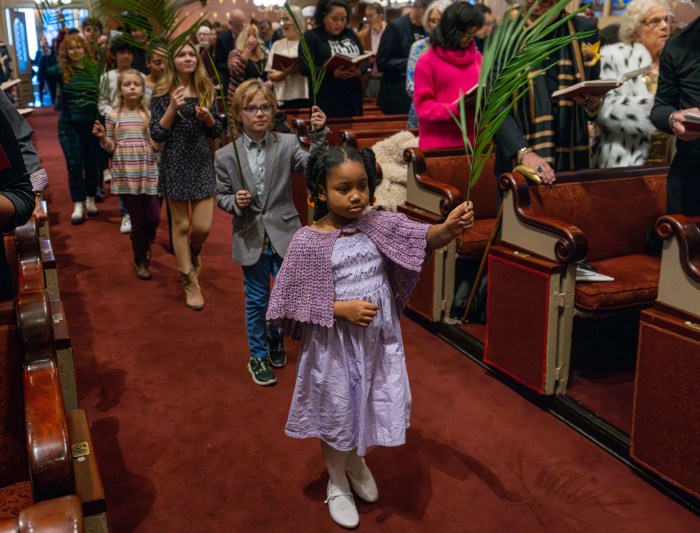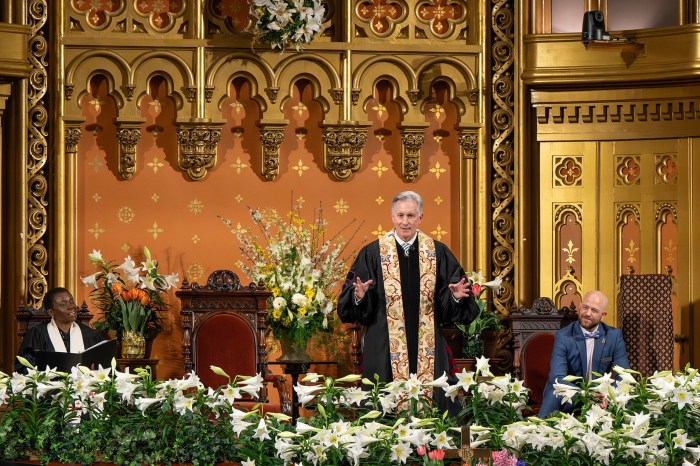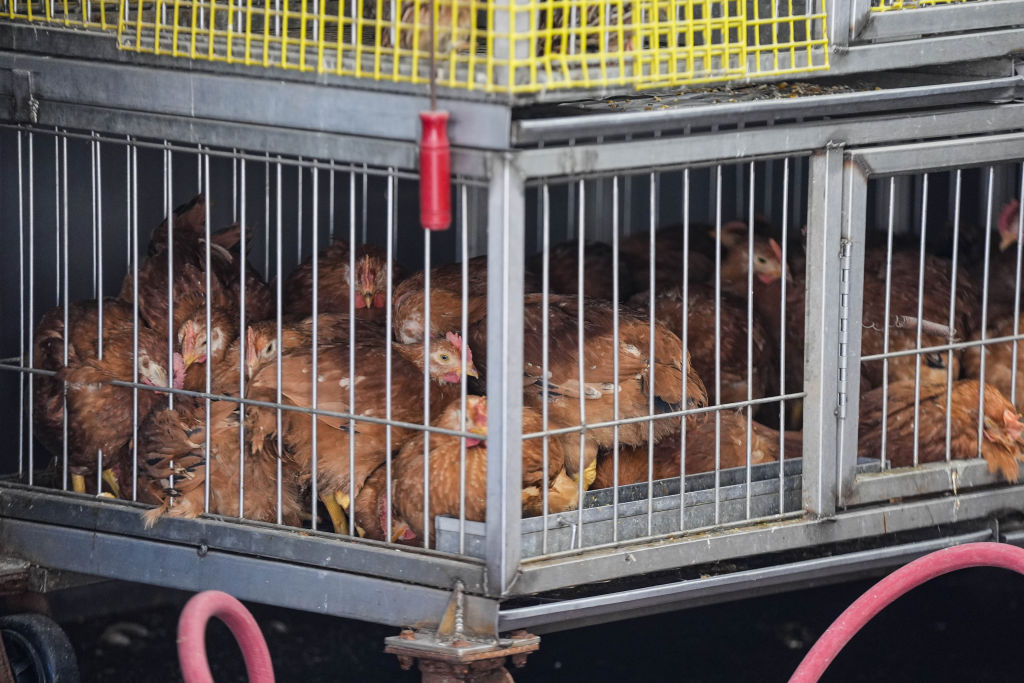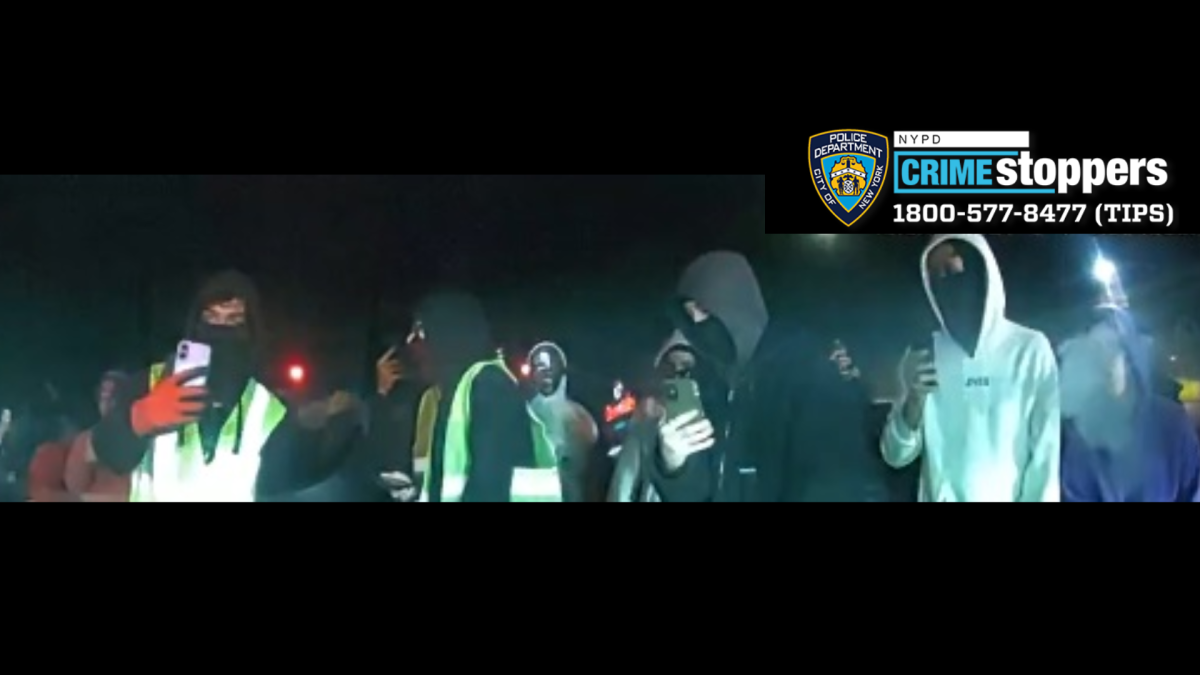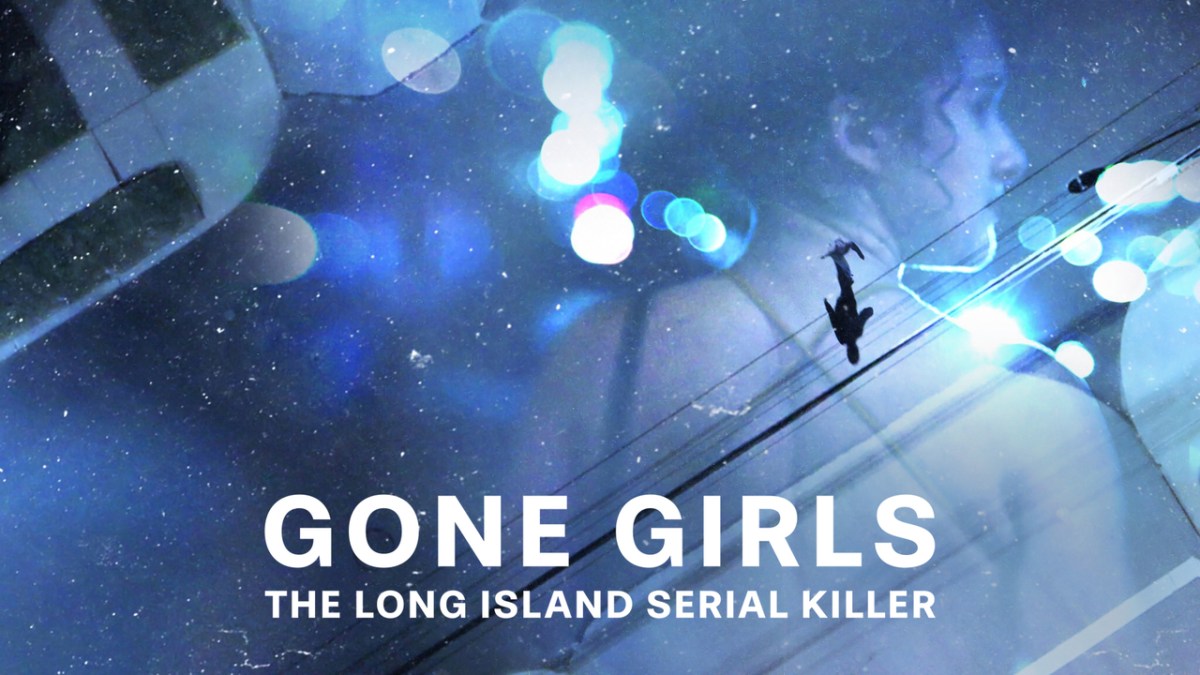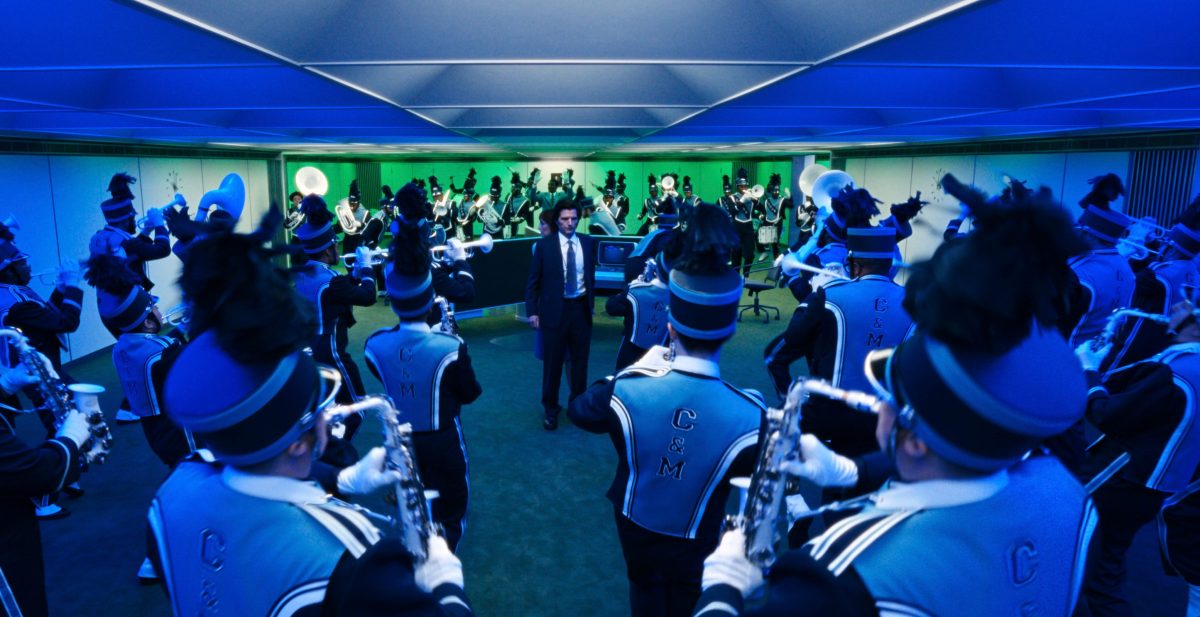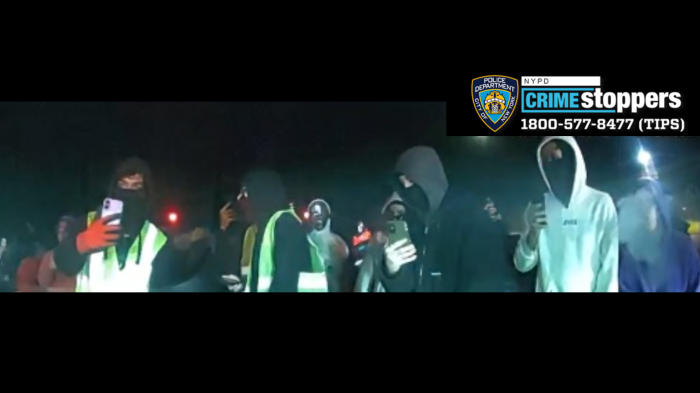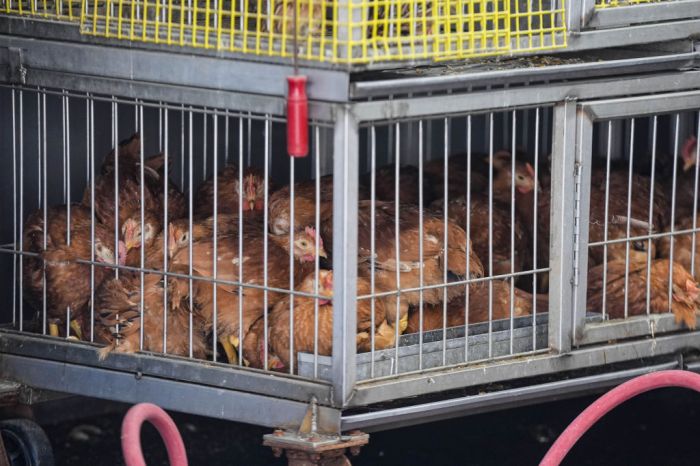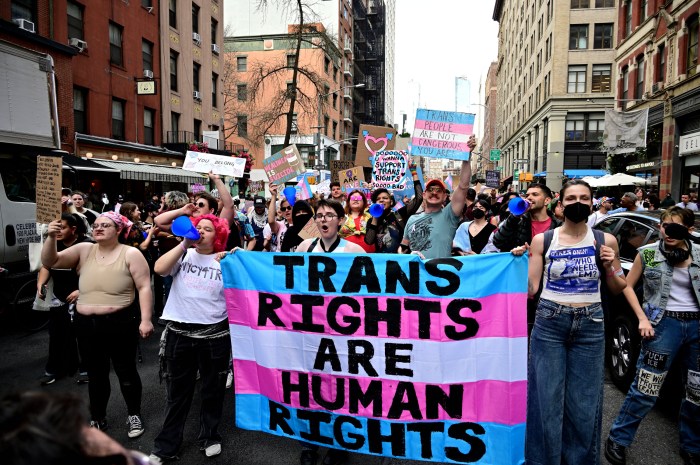In the marrow of American history, beneath the sepia-toned portraits of wranglers and pioneers, lies a gritty truth that Clarence James reveals through his masterful art.
The truth is one that history tried to bury under sand and myth, but the spirit of the Black cowboy—like the crack of a whip against the wind—still echoes across the plains. It is this spirit, this electric thread between past and present, that James plucks and weaves into his new exhibition, Color and Grit: The New Frontier of Black Abstraction, set to unveil at DTR Modern Gallery in SoHo on Sept. 26.
Not merely an exhibition — Color and Grit is a reclamation, a wild-eyed reckoning that drags the Black cowboy out of the dusty margins of history and into the neon-lit, chaotic vortex of contemporary abstraction.
Journey of abstraction
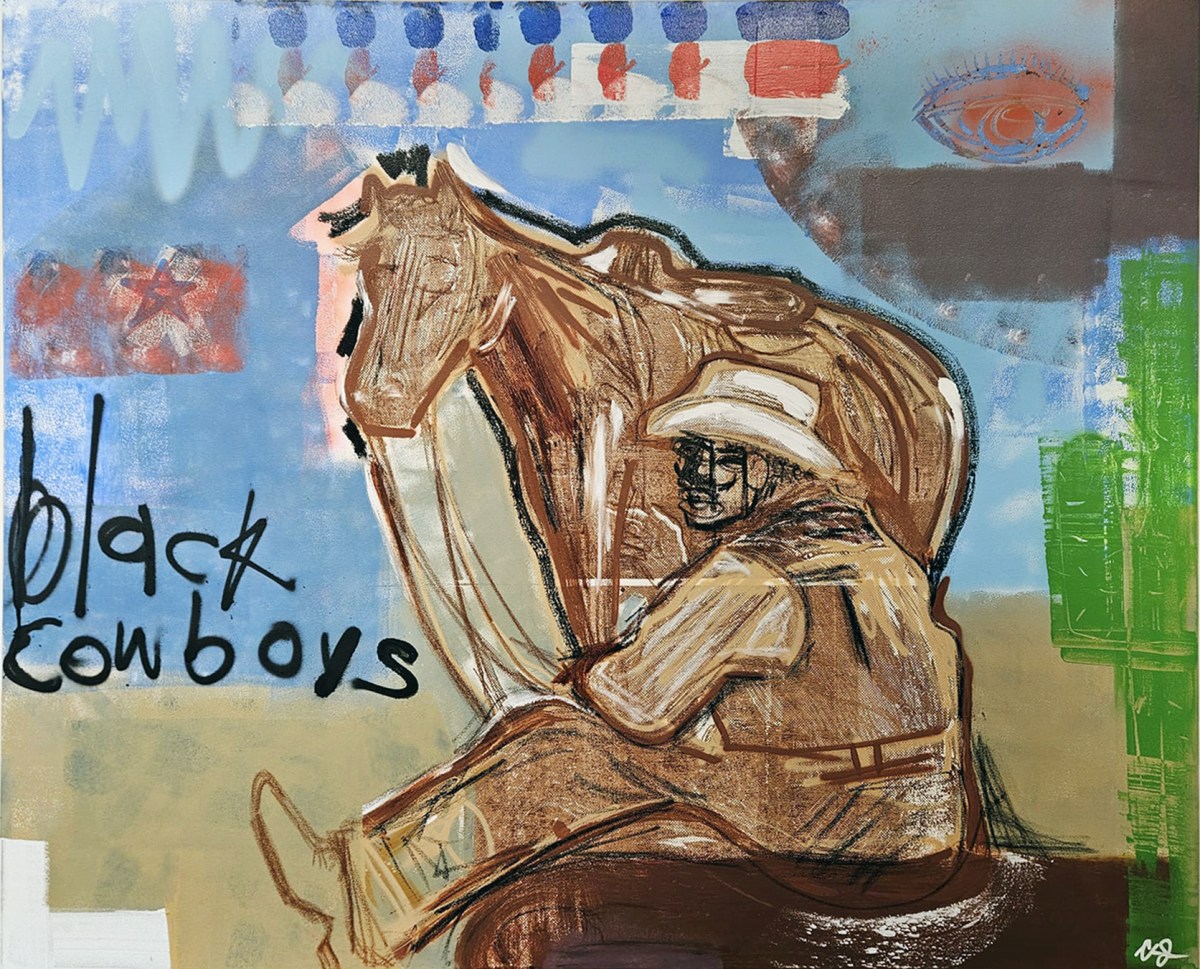
Nearly five years ago, Clarence James burst onto the contemporary art scene with a vibrant, visceral take on abstract portraiture, redefining how identity, emotion, and personal narrative could be rendered on canvas. Inspired by the wild, electric energy of Jean-Michel Basquiat, James’ work pulsated with the kind of raw authenticity that comes from a deep, internal excavation of the self. It was an unflinching look at the human condition, presented in strokes of acrylics, oil sticks, and spray paint, all merging to form portraits that were not portraits at all—but rather windows into the complexities of existence.
James’ use of abstraction allowed him to break free from traditional forms of portraiture. His figures seemed to dissolve into the canvas, their shapes only loosely suggested as if they were caught in the act of becoming. It was this sense of fluidity—this refusal to be confined by the boundaries of form—that made his work stand out. And it was here, in this liminal space between form and formlessness, that James found his voice.
The history of the West
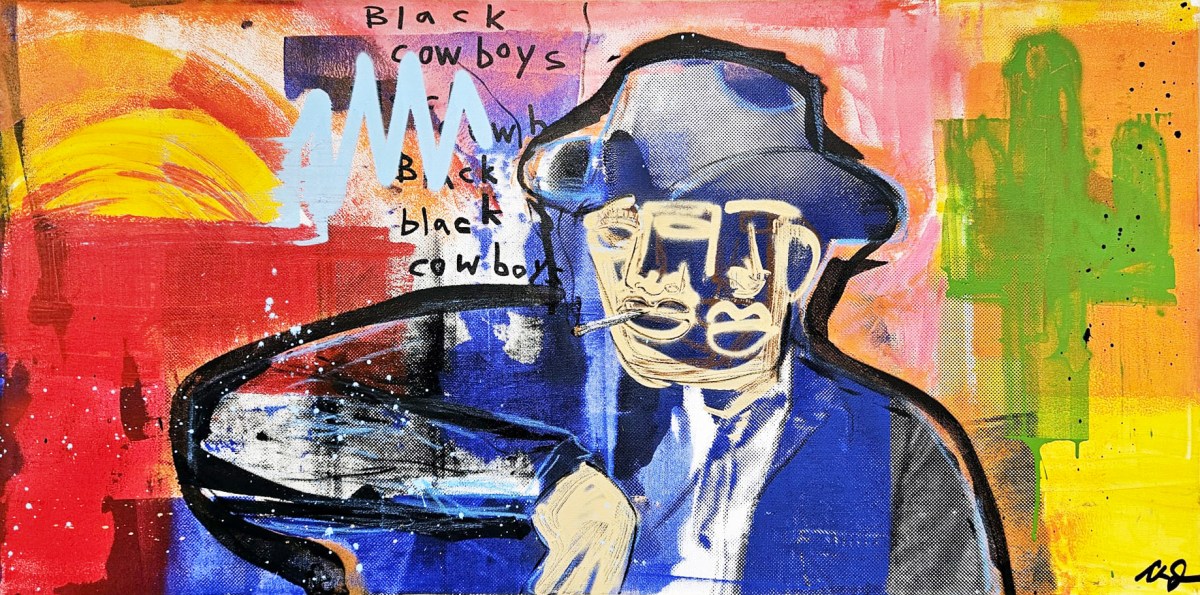
The Wild West has long been mythologized in American culture, often portrayed as a land of lawless opportunity, where rugged individuals shaped the future of a growing nation. Central to this narrative is the figure of the cowboy, whose image—rooted in ideals of freedom, independence, and grit—has been romanticized as a symbol of Manifest Destiny, the 19th-century belief that Americans were divinely ordained to expand westward across the continent.
However, this narrow interpretation largely overlooks the contributions of African Americans, Mexicans, and Native Americans who played pivotal roles in shaping the Western frontier. Approximately one in four cowboys were Black, yet their stories were systematically erased from the popular narrative, replaced by a glorified vision of the white frontiersman.
The concept of Manifest Destiny was itself a tool of imperialism used to justify the violent displacement of Indigenous peoples, and the Black cowboy’s experience was shaped by the tension between freedom and oppression within this volatile landscape.
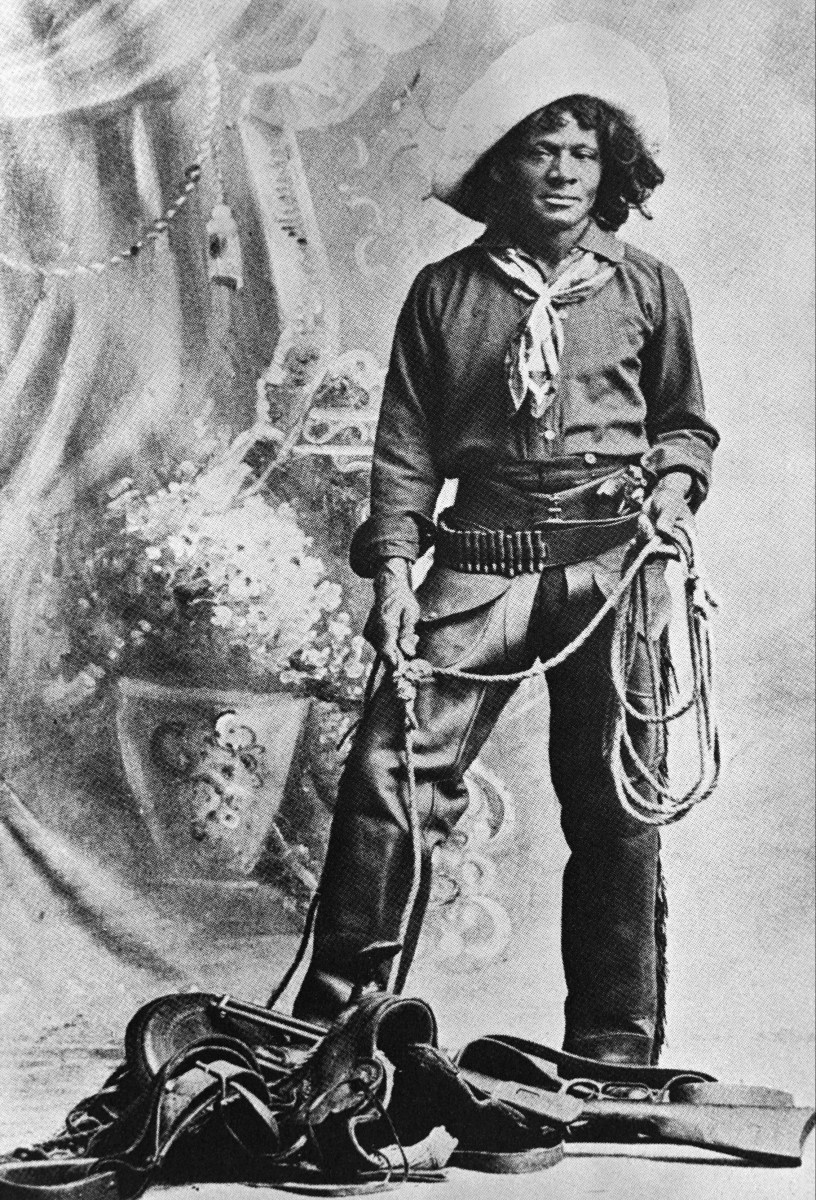
Historically, the cowboy emerged after the Civil War, when former slaves and African Americans seeking freedom and opportunity headed west, taking on the hard, dangerous work of cattle driving. While the West provided a temporary escape from the more rigid racial hierarchies of the South, Black cowboys still faced discrimination, often being paid less than their white counterparts and relegated to more dangerous tasks.
Figures like Nat Love and Bill Pickett rose to fame in this world, challenging the exclusionary narrative that defined America’s understanding of its own expansion. Clarence James’ series reconnects this forgotten history to the present, breathing new life into the story of the Black cowboy and re-contextualizing their contribution as both a resistance to racial erasure and a reimagining of what it means to occupy space in a landscape—both literal and symbolic—historically denied to them.
The new series
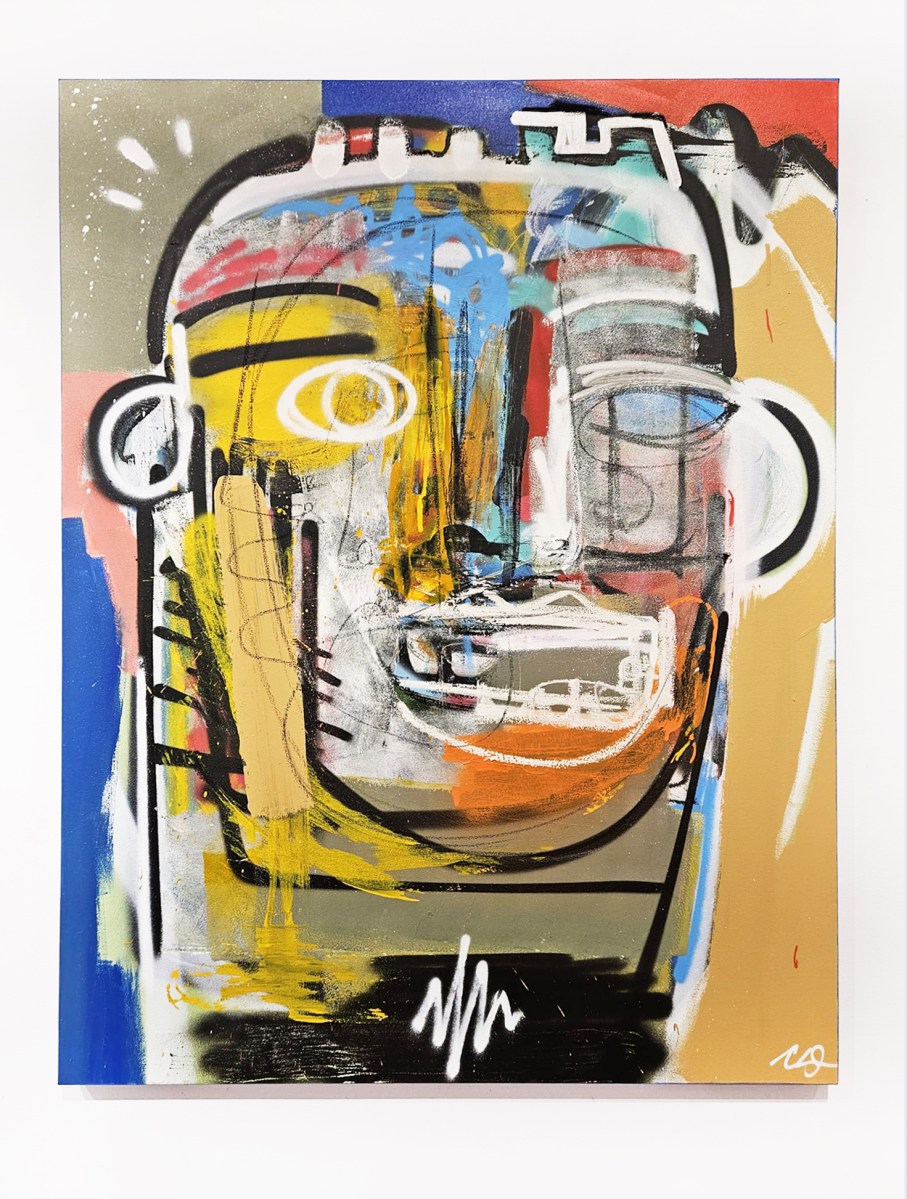
James steps out onto a new frontier with this series — a daring reclamation of the past, one that transcends the canvas and rips open the cultural narratives we have all imbibed. Arguably, this is not just art; it’s a visceral, necessary reimagining of a forgotten piece of American history buried beneath the romanticized myth of the West. With this body of work, James moves beyond his personal abstraction, lifting the veil on the erased legacy of the Black cowboy—a story long overshadowed, not just in art, but in the collective consciousness of the American psyche.
This, in some ways, is beyond paint to canvas— and can be seen as a resurrection, a retelling, and a tangible truth. His signature style — wild, untamed, and alive — meets the unspoken truths of these overlooked figures.
His work breathes fire into their stories with a reckless blend of color and grit, unraveling the past while thrusting it into the present. These cowboy figures, once mere shadows, are reanimated as icons of resistance—individuals who defied the crushing weight of a world built to erase them. Here, in James’ hands, the Black cowboy becomes a metaphor for the struggle against erasure, for the demand to be seen, to be heard, to exist fully and unapologetically.
Toward a new horizon
In Color and Grit, James offers us more than a series of paintings. He offers us a path to move forward by reexamining the stories that brought us here. His abstraction isn’t about breaking free from history; it’s about finding new ways to carry it with us.
Through his work, the Black cowboy rides again, not as a figure of folklore, but as a beacon of self-expression and quiet strength.
Exhibition Dates:
Thursday, Sept. 26, 6-8 p.m.
DTR Modern Gallery, 2nd Floor, 458 West Broadway, SoHo
For more information, visit dtrmodern.com or contact Avalon Ashley Bellos at abellos@dtrmodern.com.
Read More: https://www.amny.com/entertainment/arts-entertainment/



